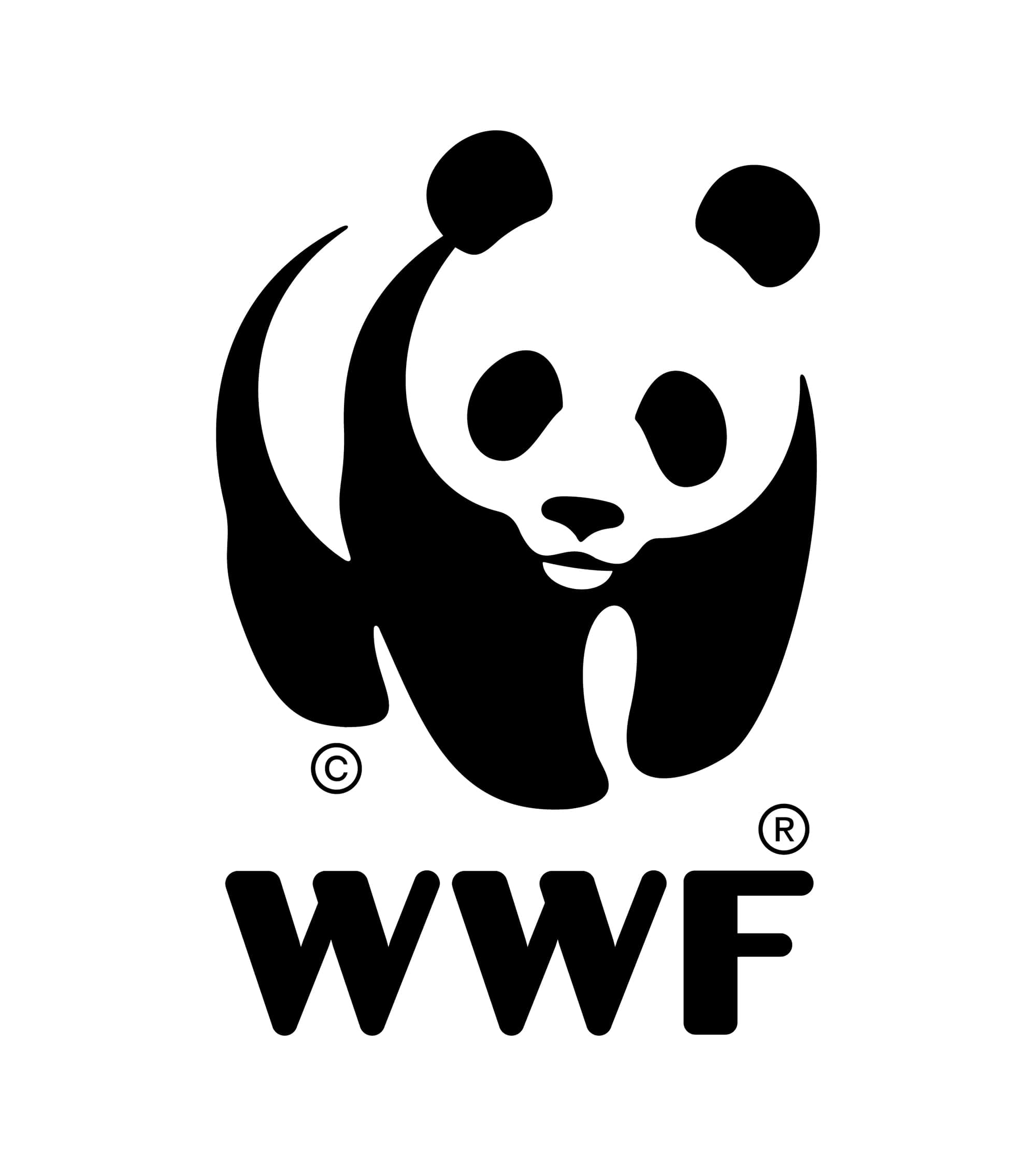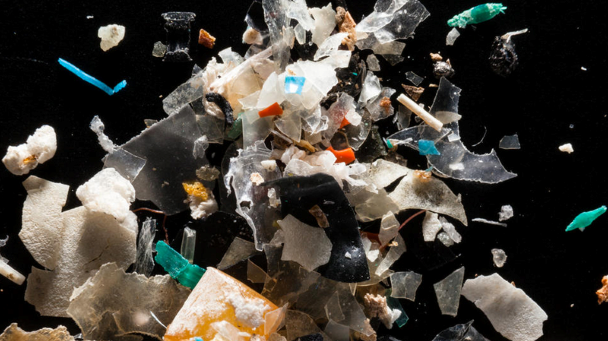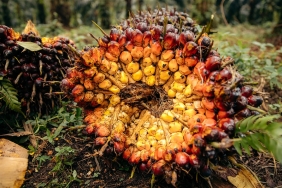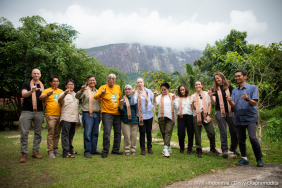GET TO KNOW MICROPLASTICS, THE DANGEROUS LITTLE THING
Nowadays, it seems increasingly difficult for humans to escape the use of plastic and the production of plastic waste. This is because plastic has become part of our daily lives, supporting convenience, effectiveness, and efficiency in various aspects. But unfortunately, plastic waste that is not managed properly can cause huge problems for the environment. In fact, plastic waste pollution has inevitably become a global issue and one of the central environmental issues in Indonesia.
Based on data from the National Waste Management Information System (SIPSN) of the Ministry of Environment and Forestry (KLHK), every day human life and activities produce a volume of waste generation of 71,688.84 tons, with the volume of plastic waste ranked second most after food waste.
As if the burden and adverse environmental impacts caused by plastic waste were not enough, we now have to face new challenges in the form of its derivatives, namely microplastic waste which is no less dangerous for the environment and the sustainability of the lives of all creatures.
WWF-Indonesia Plastic Smart Cities Leader, Tri Agung Rooswiadji, explained, "Microplastic waste is a small fragment of plastic with a size of less than 5 millimeters. Microplastics are generally divided into two (2) types, namely primary microplastics and secondary microplastics. Primary microplastics are microplastics that are intentionally produced in a small (micro) form. Meanwhile, secondary microplastics are microplastics resulting from the degradation of larger plastics that are scattered in the environment and then change shape. This is influenced by several factors including high temperature, sunlight, water runoff, wind and plastic degrading organisms. Microplastics are commonly released during the production, use and disposal of plastic products, so it is safe to say that no place is free from tiny microplastic particles. They spread from households to the farthest depths of the deep sea."
Furthermore, Tri explained that microplastic waste comes from various sources, including industrial waste, improper waste disposal, and degradation of larger plastics. Its super small size makes it easier for this type of waste to spread to various environments, including the waters and soil in Indonesia.
Plastic Smart Cities WWF, in the Plastic Waste Brand Audit research on the Ciliwung River in Jakarta, Bogor, Depok, which he conducted together with Ecoton in 2022, found an abundance of microplastics in the waters of the Ciliwung River with an average of 4.55 particles / liter. This fact contradicts the government's target stated in appendix 6 of PP No. 22 of 2021 concerning PPLH which states that river quality standards must be "Zero Waste". The research was conducted at 14 points along the upstream to downstream route of the Ciliwung River, namely Kahuripan spring, Cikemas spring, and Wisata Saat Bogor in Bogor Regency; Barangnangsiang and Katulampa Dam in Bogor City; Panus Bridge, Kampung Utan, and a spring near the Ciliwung Depok Community (KCD) in Depok; Jagakarsa River School, Bidara Cina, Tugu Tani, Manggarai sluice gate, Kota Tua, and Ancol in DKI Jakarta.
Then, what are the dangers of microplastics for the environment and life? Let's take a look at some of the following explanations!
1. Damage to marine ecosystems: Microplastic waste can cause damage to the marine ecosystem. Organisms such as fish, seabirds, and marine mammals often mistake microplastics as a food source and eat the particles. This can disrupt their digestive system, cause reproductive disorders, and even lead to death.
2. Water Pollution: Microplastics are also polluting the waters in Indonesia. These plastic particles accumulate in rivers, lakes, and beaches, destroying natural beauty and biodiversity. Microplastics that have accumulated in the environment will affect the health of the environment as well as the biota in it because they can absorb and transport toxic chemicals in the environment to the human food chain. Researchers even found that polypropylene microplastics will easily absorb hydrophobic organic compounds or be contaminated by persistent organic pollutants (POPs).
3. Harm to human health: Because microplastics can transport toxic chemicals up the food chain, they can automatically contaminate the food consumed by humans and have a negative impact on health. In addition, microplastic contamination can also occur through the air. Long-term exposure to microplastics can cause diseases such as hormonal disorders, inflammation, and respiratory problems. In pregnant women, exposure to microplastics can cause reduced testicular weight in their future babies, damage to reproductive epithelial cells and decreased sperm count.
4. Driving climate change. In the air, flying microplastics can encourage ice nucleation. Microplastics in the atmosphere can also capture infrared radiation from the Earth's surface and drive cloud formation and climate change. Airborne microplastics have also been known to penetrate snow on glaciers, potentially impacting light absorption. Through this phenomenon, microplastics can penetrate and affect the ice released into rivers and the Arctic Ocean by accelerating ice sheet melting.
STOP MICROPLASTICS: SMALL HABITS HAVE BIG IMPACT
To deal with the problem of microplastics, in principle, of course, the same as dealing with the problem of waste in general, which must start from ourselves through good and responsible habits and product choices. Some of the things we can do include:
1. Reduce the use of single-use plastic objects
2. Avoid rubber and plastic abrasion as much as possible. This can be started by choosing shoes or tires with natural rubber soles. Unfortunately, many natural rubber soles are often mixed with synthetic rubber, which can cause microplastic pollution as well.
3. As much as possible, avoid clothing or other items made from synthetic materials such as synthetic fragrances, synthetic brooms, and so on. Instead, try to switch to more natural materials.
4. Avoid petroleum-based oils, such as kerosene, seresin, and petrolatum.
5. Use a slightly damp cloth when dusting your home to reduce the potential for microplastics to be released into the air.
6. Do not switch to bioplastic items. After all, these materials do not fall under the category of organic or compostable waste, they will only decompose with the help of composting facilitation. So when they return to nature, they will also produce microplastics and have almost as much negative impact as regular plastics.
7. Avoid objects with plastic coatings, because humans actually use a lot of everyday objects that are small and have plastic coatings on the outside, such as cotton buds, wet tissues, and others.
"Microplastics have now become a serious problem that we must address together. The negative impacts on marine ecosystems, waters, humans, and climate are enormous. For this reason, collaborative efforts between the government, the community, and the industry sector are needed to reduce the use of single-use plastics, improve good waste management, and develop alternative environmentally friendly solutions. With the right steps, we can protect the environment in Indonesia from the dangers of microplastic waste and pass on a clean and healthy nature to future generations," Tri concluded.
Plastic Smart Cities is an initiative launched by the World Wide Fund for Nature (WWF) to encourage cities around the world to stop plastic leakage into nature. Plastic Smart Cities invites city governments to take concrete actions at the city level, in close collaboration with citizens, provincial and municipal governments, the private sector, academic institutions, and international organizations, with the aim of eliminating plastic leakage into nature by 2030.
You can visit the website plasticsmartcities.wwf.id for more information.
SUMMARY
Plastic Smart Cities WWF in its research in 2022 found an abundance of microplastics in the waters of the Ciliwung River with an average of 4.55 particles/liter. The research was conducted at 14 points along the upstream to downstream route of the Ciliwung River which covers Bogor City, Depok, and DKI Jakarta. Microplastics have now become a serious problem that we must tackle together. This article discusses its negative impacts, which include damage to marine ecosystems, water pollution, endangering human health and driving climate change; and how we can prevent it through lifestyle changes and habits in choosing and using everyday products, especially avoiding disposable products.





